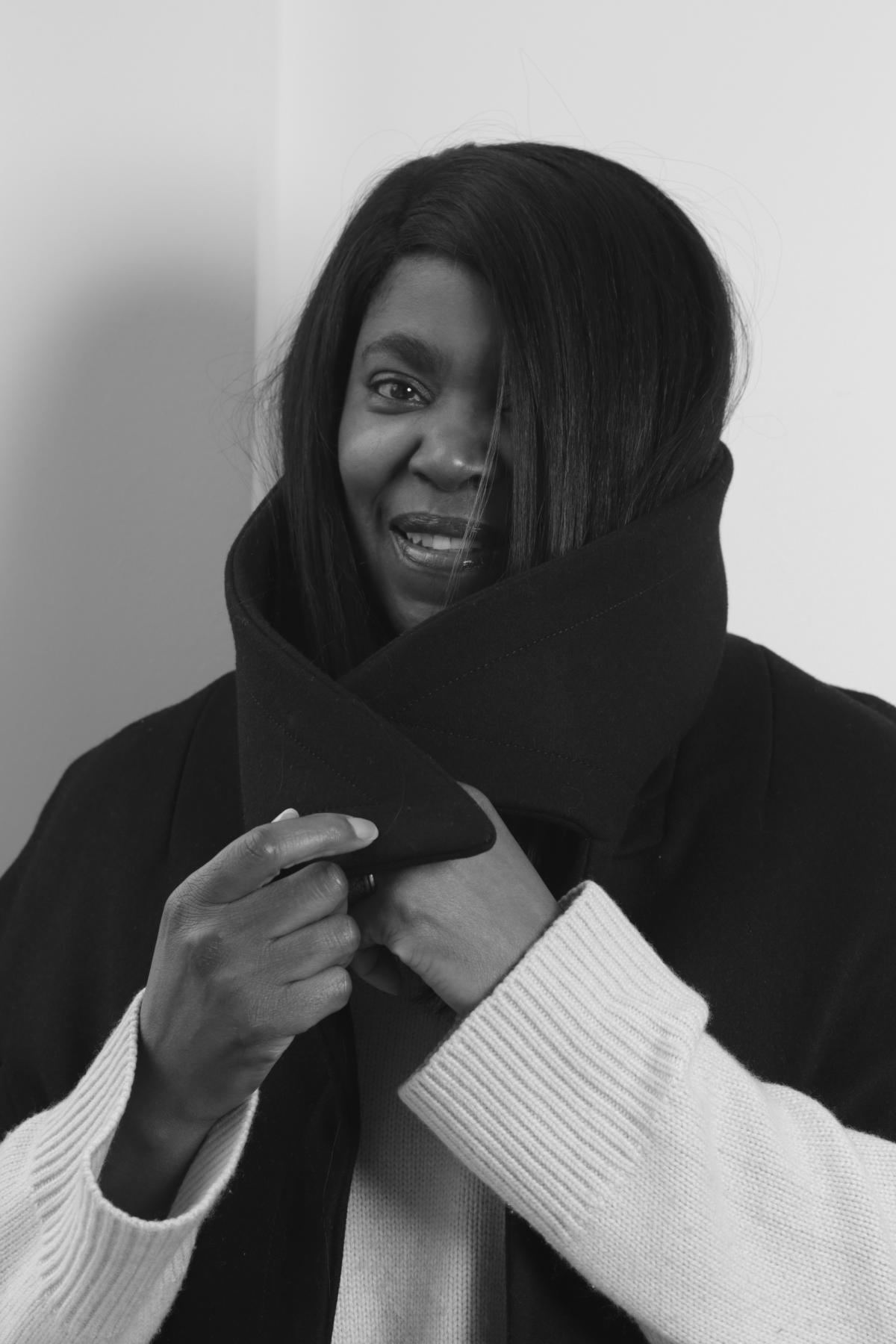LONDON — Fashion companies are become more diverse and inclusive, but they need to focus on promoting and retaining staff from underrepresented backgrounds or they’ll risk unraveling the efforts they’ve made over the past five years, according to a new report.
The report, by the not-for-profit organization Fashion Minority Alliance in partnership with the ESG research company Blurred, is based on written surveys and interviews with around 75 individuals from diverse backgrounds, including freelancers and those working for multinational firms, and independent companies.
More from WWD
For the report, “The Road to Inclusivity: Is the Fashion Industry Heading in the Right Direction Toward an Inclusive Culture?,” FMA and Blurred asked about the degree of representation and inclusion in the workplace, with a focus on understanding and measuring inclusion across the employee life cycle, from junior level positions to senior management.
The online survey of around 30 questions ran from September to November 2023, and participants had to have worked, or be currently working, in the fashion and creative industries, and have been from a diverse background or have diverse characteristics, as noted in U.K. legislation.
One of the big conclusions was that while companies “have taken the correct approach to embedding inclusion and purposeful representation in their culture and business practices, this had not translated into employees feeling a sense of belonging within the business.”
The report said 38 percent of respondents agreed their company was making “adequate progress toward a diverse and inclusive workplace, that is authentic.”
It added that 42 percent agreed that “the senior leadership team has shown commitment through visible actions to creating a more diverse and inclusive environment.”
Despite that progress, respondents noted a “disconnect” between the business’ outward facing stance on issues of equity and inclusion, and its ability to bring that to life consistently for employees.
The report highlighted that some individuals felt excluded due to their particular socioeconomic background, and noted that underrepresented groups “are often tasked with the heavy lift of creating and maintaining inclusive practices while juggling their usual duties amid a number of overlapping crises and pulls on their attention.”
It suggested that companies can rectify these issues by focusing on the “whole individual,” and not what they represent.
That disconnect between companies intentions and day-to-day behavior is also damaging companies’ ability to retain and promote talent.
The report said that while companies have made efforts to “bring diversity into the industry, often at the junior or senior level, there is little focus on how to retain, encourage progression and cultivate a sense of belonging that encourages a push through the middle toward seniority.”


Talent is slipping away, especially people in the middle stages of their career, who leave their companies to progress elsewhere, or go freelance or start businesses on their own.
When asked if they had to leave a role to secure a promotion and/or raise, 45 percent of participants responded “yes.” Of those, 52 percent said they are now in management and mid-senior level roles at companies other than the ones where they got their start.
“Other respondents noted that they had to create their own businesses, or tap into freelance and the gig economy to move into senior leadership positions,” the report said.
Although company cultures are changing, discrimination hasn’t disappeared from the workplace, according to the study.
When asked if they had experienced discrimination at their current company or previous place of work within the fashion industry, 53 percent of respondents agreed they had, while the same percentage said they witnessed acts of discrimination.
Yet, some 67 percent of respondents stated positively when asked if they felt comfortable raising and/or escalating a complaint and that the situation would be dealt with adequately.
Asked separately which companies stood out for their ongoing efforts in diversity and inclusion, Barbara Kennedy-Brown, cofounder of Fashion Minority Alliance, named The Wall Group and added that PVH “intentionally works behind the scenes trying to make a difference, and we feel they are getting things right.”
She said the companies that are making progress have one thing in common. “Their strategies include a pipeline of programs designed to move the needle and achieve true inclusion and belonging.”
Veronica Patton-Cemm, consulting director at Blurred, who carried out the research, saw many of the findings as positive.
She said a lot of the equity and inclusion efforts made by the industry “have actually worked. People came back very strongly to say their organization’s senior leadership teams were fully committed to DE&I, and were taking steps to do what needed to be done.”
Going forward, Patton-Cemm said the challenge is “progressing this work, embedding it, and being intentional about it, particularly around cultural practices, and ways of working.” She added that companies also have to focus on employee retention, “particularly for that difficult, mid-tier group [of workers] who are trying to figure out what their next steps look like.”
Best of WWD

